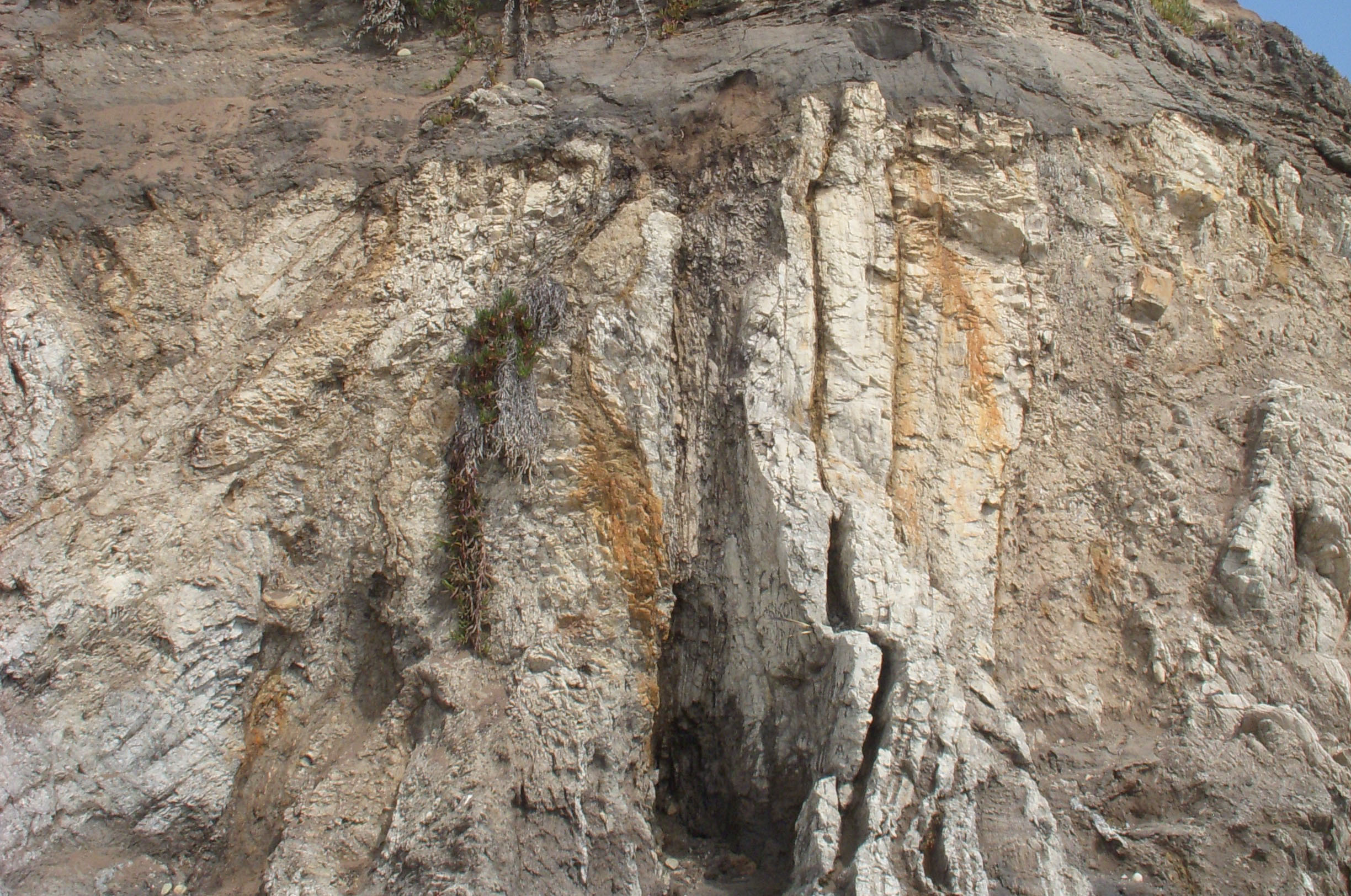Summer 2016
The EarthScope AGeS (Awards for Geochronology Student Research) program is a multi-year educational initiative aimed at enhancing interdisciplinary, innovative, and high-impact science by promoting training, education, and interaction between graduate students, scientists, and geochronology labs at different institutions. The program offers support of up to $10,000 for graduate students to collect and interpret geochronology data that contribute to EarthScope science targets through visits and hands-on data acquisition in participating geochronology labs.
EarthScope National Office congratulate the 2015 winners listed below, and look forward to seeing their results.
Alyssa Abbey, University of Michigan
Arkansas River development and late Cenozoic exhumation in the southern Rocky Mountains, Colorado.
Method: Detrital U-Th-Pb
James Chapman, University of Arizona
Zircon δ18O Trends in Cordilleran Magmatism in the Western U.S. and the Relationship to Mantle Lithosphere Geodynamics
Method: zircon U-Pb geochronology and zircon δ18O isotope geochemistry
Jeremy Cordova, Western Washington University
Pressure-temperature-time evolution of the Easton terrane, North Cascades, Washington State: the record of subduction initiation.
Method: 40Ar/39Ar
Luke Fairchild , University of California, Berkeley
Constraining rapid paleogeographic change in the Mesoproterozoic as recorded by the North American Midcontinent Rift
Method: U-series
Emilie Gentry, Colorado School of Mines
In situ U-(Th-)Pb LA-ICP-MS analysis of monazite in high-strain zones to test the extent and origin of the Norumbega fault system in the New England Appalachians, a San Andreas-type fault system.
Method: U-(Th-)Pb LA-ICP-MS
Benjamin Klein, Massachusetts Institute of Technology
A detrital zircon study of metasediments in lower arc crust in the Southern Sierra Nevada, California.
Method: Detrital U-Th-Pb
James Mauch, Utah State University
Quantifying active salt deformation in Spanish Valley, UT, utilizing a chronostratigraphy of offset stream terraces
Method: cosmogenic radionuclide (CRN) 10Be-26Al isochron burial dating
Alexander Morelan, University of California, Davis
Alluvial Fan Morphology Along Faulted Range Fronts as a Recorder of Slip Rate
Method: 10Be CRN
Matthew Morris, University of Oregon
Thermochronometric constraints on the age of Hells Canyon, testing lithospheric foundering in NE Oregon.
Method: (U-Th)/He





